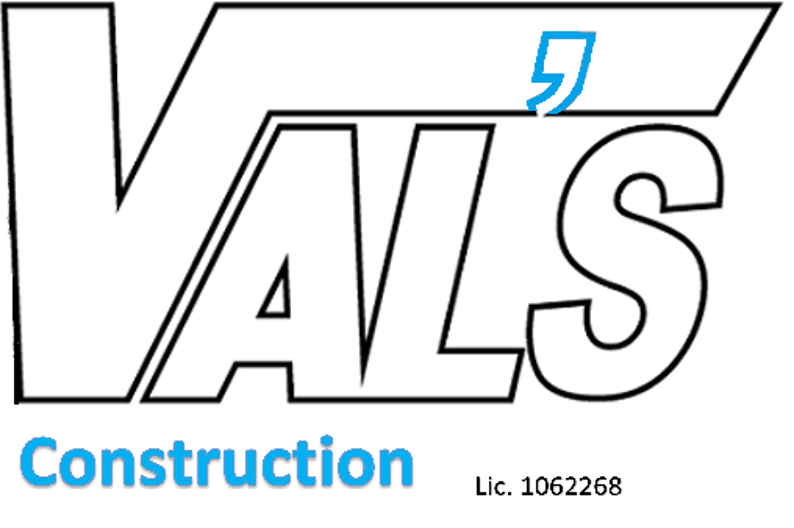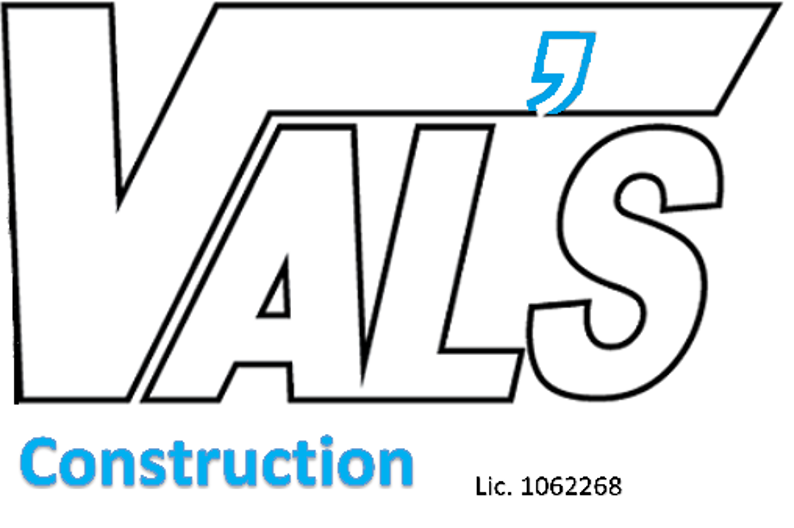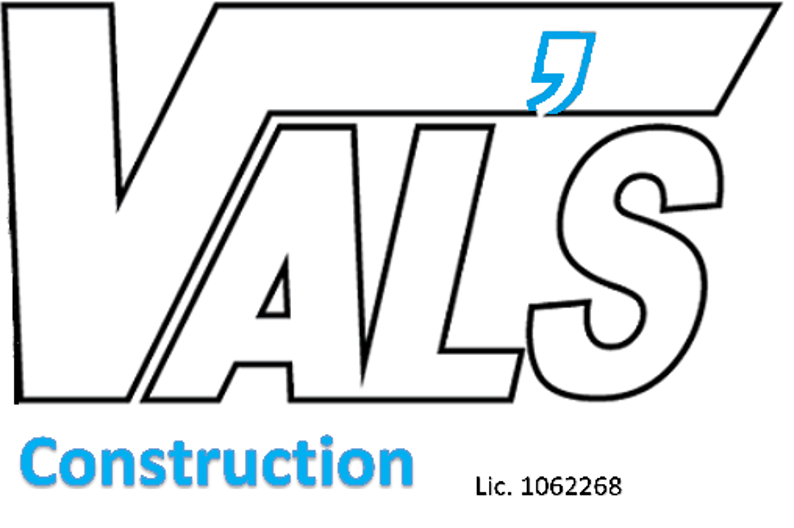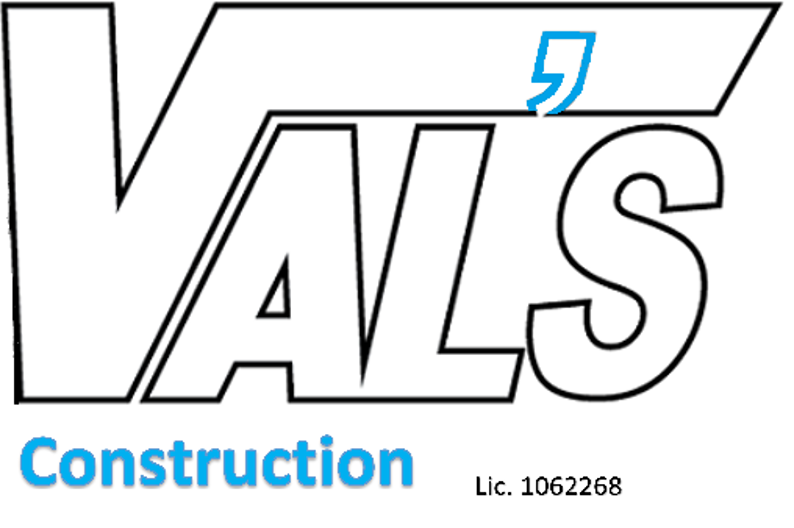Information
-
Project name/no
-
Client / Site
-
Conducted on
-
Prepared by
-
Location
-
Personnel
Administrative Procedures
-
Lack of/or inadequate Site Safety Plan?
-
Failure to obtain permits (Council, EPA, WHS, also Hot Works, Confined Space etc)
-
Lack of, or inadequate, induction for workers, contractors, visitors?
-
Lack or, or inadequate, supervisory arrangements?
-
Lack of/or inadequate training, licenses, skills, experience?
-
Lack of/or inadequate Safe Work Method Statements (SWSM) for high- risk work?
-
Lack of, or inadequate system to review SWMS as needed?
-
Lack of/or inadequate incident notification procedures?
-
Lack of, or inadequate, routine inspections, monitoring, audits?
-
Lack of/or inadequate consultative arrangements?
Authorisations, certificates and qualifications
-
Do all personnel hold a general construction safety induction card?
-
Do all personnel on site have a valid and current NAC induction card?
-
Do all personnel have the appropriate training, certifications for the activities they are undertaking?
Risk assessment
-
Has a job risk assessment (JRA) been completed in full detailing all specific site risks for the activities?
-
Are all personnel including visitors signed onto the JRA?
1. Working at Heights
-
Fall risks of 2m or more? (including voids, pits, and trenches)
-
Lack of edge protection?
-
Unsafe or incomplete edge protection?
2. Plant and Equipment
-
Does all machinery (excavators ect) have a manual located on the device?
-
Have pre-starts been completed on all plant and equipment on the day of the audit?
-
Unsafe or damaged plant/equipment? (including missing or damaged guards)
-
Incorrect plant /equipment for job? (e.g. grinding discs for cutting)
-
Unsafe or incompatible attachments used with plant/equipment?
-
Unlicensed operators?
-
Lack of safe work instructions?
-
Lack of training in safe operation, clean-up and maintenance?
-
Lack of LOTO procedures for cleaning, servicing and maintenance?
-
Lack of inspection regime?
-
Are dynometers being used when cable is being pulled?<br>
3. Scaffolds
-
Unlicensed persons erecting scaffold above 4m?
-
Unsafe or incomplete scaffold?
-
Lack of inspection protocol for scaffold?
-
Incompatible scaffold components? Unlabelled or do not meet AS?
-
Safe Work Load (SWL) exceeded? (tools, stored materials, number of persons)
4. Lifting Equipment
-
Unsafe or damaged plant?
-
Loads lifted over persons, close proximity to obstacles incl. overhead power lines?
-
Lack of maintenance, testing and inspection?
-
Lack of SWL information displayed?
-
Lack of daily inspection protocol?
-
Unsafe or damaged lifting equipment, including ropes, slings, chains, hooks?
-
Lifting equipment unlabelled, does not meet AS, no SWL displayed?
-
Unlicensed operators?
-
Lack of LOTO procedures for cleaning, servicing and maintenance?
-
SWL of plant or any lifting equipment exceeded?
5. Harness and Equipment
-
Unsafe or damaged harness or equipment?
-
Incompatible hooks/equipment?
-
Unlabelled or does not meet AS?
-
Unsafe or uncertified anchor points?
-
Lack of inspection protocol for equipment?
-
Lack of or inadequate formal training for operators?
6. Ladders
-
Unsafe or damaged ladders?
-
Unsafe positioning of ladders?
-
Ladder not properly secured?
-
Ladder unsuitable for job? (e.g. metal ladder used for electrical work)
7. Hazardous Manual Tasks
-
Lack of identification hazardous manual tasks?
-
Lack of assessment of hazardous manual tasks?
-
Inadequate risk controls? (examples: no job rotation, lighter loads, trolleys, lifting equipment, etc)
-
Lack of training in risk controls and safe lifting/ team lifting techniques?
8. Hazardous Chemical (including fuel and oil)
-
Unsafe storage location? (e.g. flammables near ignition sources, spills could enter stormwater drains, etc)
-
Incompatible chemicals stored near each other?
-
Inadequate spill containment equipment?
-
Safety Data Sheets not accessible on site?
-
Lack of emergency procedures for injury/spills/fire etc?
-
Excessive quantities stored on site or in vehicles?
-
Insufficient ventilation?
-
Insufficient, or incorrect, PPE?
-
Unsuitable storage containers? (unlabeled or stored in food containers)
9. Emergency Response
-
Lack of, or no emergency plans for site?
-
Emergency procedures not displayed at site?
-
Lack of training and rehearsal of emergency plans?
-
Lack of, or inadequate first aid kits aid equipment for site?
-
Insufficient access to formally trained First Aiders for all shifts?
-
Unsuitable or inadequate communication equipment?
10. Traffic Management
-
Lack of, or inadequate, Traffic Management Plan (TMP) in place?
-
Lack of training in TMP for all persons on site? <br>(contractors and visitors)
-
Inadequate controls for TMP? (physical barriers, bollards, speed limits, flashing lights, spotters, etc)
11. Personal Protective Equipment (PPE)
-
Lack of, or inadequate PPE (including sun protection) and in good order ?<br>For Western Power sites minimum PPE is hard hats, safety glasses, safety boots, high vis shirt, long sleeve pants, gloves on glove clips at all times.
-
Are gloves being used for all manual handling tasks that require them?
-
Lack of system to issue, inspect, replace and monitor PPE?
-
Lack of training in safe use, clean-up and inspection of PPE?
12. Work Environment
-
Lack of/or inadequate amenities? (toilets, wash areas, lunch rooms, etc)
-
Insufficient lighting?
-
Inadequate housekeeping?
-
Lack of, or inadequate noise/ vibration control?
13. Electrical Hazards
-
Unsafe electrical leads? (damaged, out of test date or untested)
-
Lack of RCD protection?
-
Contact with underground assets?
-
Contact with overhead electrical lines?
-
Overloading outlets?
-
Leads placed on ground or on metal structures?
-
Electrical equipment near water?
-
Electrical equipment near flammables?
-
Electrical equipment near chemicals that could cause damage?
-
Electrical leads that may be damaged from contact with moving machinery parts?
-
Electrical leads on work surfaces?
-
Lack of Lock-out/tag-out (LOTO) procedures for electrical equipment?
14. Environmental Hazards
General
-
Lack of/or inadequate Environmental Management plan (EMP)?
AirPollution Control
-
Lack of/or inadequate, dust suppression system?
-
Are stockpiles of dusty materials (size with more than 20 bags cement) covered or watered?
-
Are all vehicles carrying dusty loads covered/watered over prior to leaving the site?
-
Are demolition work areas watered? (E.g. Trimming activities by using breaker?)
-
Are dusty roads paved and/or sprayed with water?
-
Are dust controlled during percussive drilling or rock breaking?
-
Are plant and equipment well maintained? (Any black smoke observed, please indicate the plant/equipment and location).
-
Is dark smoke controlled from plant?
-
Are there enclosures around the main dust-generating activities? (E.g. Grout mixing)
-
Hoarding (not <2.4m) provided along boundaries and properly maintained (any damage/opening observed, please indicate the location).
-
Are speed control measures applied? (E.g. Speed limit sign)
Water Pollution Control
-
Lack of/or inadequate systems to prevent contaminants entering stormwater drains?
-
Lack of water re-use systems?
-
Are water discharge licenses valid?
-
Are conditions of the license complied with? (Check the monitoring records and observe physically)
-
Are wastewater treatment system being used and properly maintained on site? (E.g. Desilting tank)
-
Are there any wastewater discharged to the storm drains? Is the waste water being treated?
-
Are measures provided to properly direct effluent to silt removal facilities? (E.g. Provide earth bunds/ U-channels)
-
Are u-channels and manholes free of silt and sediment?
-
Are sedimentation traps and tanks free of silt and sediment?
-
Are all manholes on-site covered and sealed?
-
Are sandbags/earth bund adopted to prevent washing away of sand/silt and wastewater to drains, catchpit, public road, and footpath?
-
Are vehicles and plants cleaned before leaving the site?
-
Are wheel washing facilities well maintained to prevent overflow, flooding sediment?
-
Is sand and silt settled out in wheel washing bay and removed?
-
Is the public road/area around the site entrance and site hoarding kept clean and free of muddy water?
-
Is domestic water directed to septic tanks or chemical toilets?
Noise Control
-
Is the CNP (construction noise permit) valid for work during restricted hours?
-
Are copies of the valid construction noise permits posted at the site entrance/exit?
-
Do air compressors and generators operate with doors closed?
-
Is idle plant/equipment turned off or throttle down?
-
Do air compressors and hand held breakers have valid noise emission labels (NEL)?
-
Any noise mitigation measures adopted (e.g. Use noise barrier/enclosure)?
-
Are silenced equipments utilised?
Waste Management
-
Is the site kept clean and tidy? (E.g. Litter free, good housekeeping)
-
Are separate chutes used for inert and non-inert wastes?
-
Are separated labelled containers/areas provided for facilitating recycling and waste segregation?
-
Are construction wastes collected and disposed of properly by licensed contractors?
-
Are chemical wastes, is any, collected and disposed of properly by licensed collectors?
-
Are chemical wastes properly stored and labelled?
-
Are oil drums and plants/equipments provided with drip trays?
-
Are drip trays free of oil and water?
-
Is there any oil spillage? Clean-up the contaminated soil immediately?
-
Is litter, foam or other objectionable matters in nearby water drain/sewer cleaned?
-
Are asbestos wastes handled by licensed professionals?
Storage of Chemicals and dangerous good
-
Are chemical stored and labelled correctly?
-
Does the storage of DG comply with license conditions ( include types of quantities if DG store is available, check the DG store license)?
-
Are proper measures to control oil spillage during maintenance or to control other chemicals spillage? (E.g. Provide drip trays)
-
Are spill kits/sand/saw dust used for absorbing chemical spillage readily accessible?
Protection of Flora,Fauna and Historical Heritage
-
Are disturbance to terrestrial flora minimised? (E.g. Plants to be preserved)
-
Are disturbance to terrestrial fauna minimised? ( if rare species identified)?
-
Any historical heritage exists in site? If yes, ensure appropriate measures taken to preserve it.
Resource Conservation
-
Is water recycled wherever possible for dust suppression?
-
Is eat pipe leakage and wastage prevented?
-
Are diesel-powered plants and equipments shut off while not in used to reduce expensive use?
-
Are energy conservation practices adopted?
-
Are metal or other alternatives used to minimise the use of timber?
-
Are materials stored in good condition to prevent deterioration and wastage (e.g. Covered, separated)?
-
Are pesticides used under the requirement of agriculture, fisheries and other conservation department?
Corrective Actions
-
Enter any corrective actions that will be undertaken
Sign Off
-
On site representative
-
Auditor's signature














